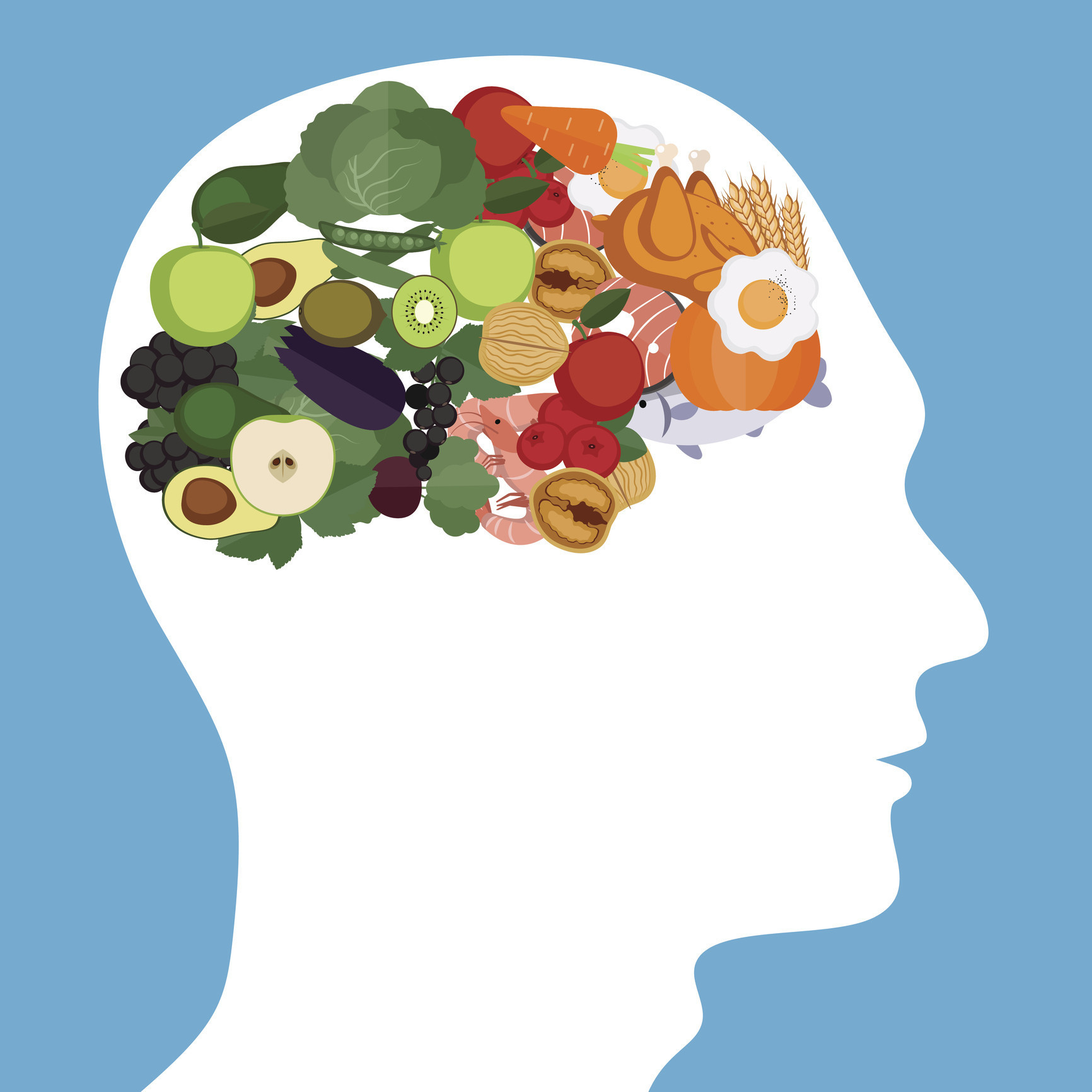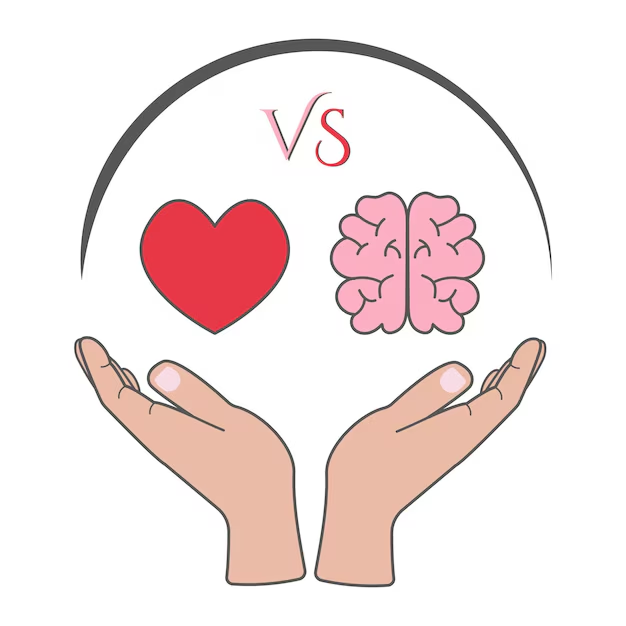
In the bustling landscape of 2025, where technological advancements and societal demands constantly vie for our attention, the fundamental principles of wellness – eating, moving, and breathing – often get overlooked. This guide serves as your compass, navigating you towards a balanced and fulfilling life by re-emphasizing these core elements. Understanding and integrating these three pillars into your daily routine is not just a trend; it's a necessity for sustained well-being and resilience against the stresses of modern life. We will explore practical strategies and long-term considerations to empower you to prioritize your health and thrive.
This guide will delve into each aspect – Eat, Move, Breathe – providing actionable advice and insights. We'll examine how to make conscious choices, establish sustainable habits, and cultivate a holistic approach to wellness.
Eat: Nourishing Your Body from Within
The food we consume is the fuel that powers our bodies and minds. In 2025, with a plethora of dietary options and conflicting information, it's crucial to adopt a mindful and informed approach to nutrition.
Practical Guidance: Evaluating Your Diet
Start by assessing your current eating habits. Keep a food journal for a week, noting everything you consume. Analyze this record to identify areas for improvement. Are you eating enough fruits and vegetables? Are you consuming excessive amounts of processed foods, sugar, or unhealthy fats? The MyPlate guidelines from the USDA offer a solid framework for balanced nutrition.
Consider these factors when evaluating your diet:
- Macronutrient Balance: Ensure you're getting adequate protein, carbohydrates, and fats. The ideal ratio depends on your activity level and individual needs. A registered dietitian can provide personalized recommendations.
- Micronutrient Intake: Prioritize whole, unprocessed foods rich in vitamins and minerals. Consider a multivitamin if you have deficiencies or dietary restrictions.
- Hydration: Drink plenty of water throughout the day. Dehydration can lead to fatigue, headaches, and impaired cognitive function.
- Mindful Eating: Pay attention to your hunger and fullness cues. Avoid distractions while eating and savor each bite.
Long-Term Considerations: Sustainable Eating Habits
Building sustainable eating habits is a marathon, not a sprint. Here are some long-term considerations:
- Meal Planning: Plan your meals in advance to avoid impulsive, unhealthy choices. Prepare your own food whenever possible to control ingredients and portion sizes.
- Cooking Skills: Develop basic cooking skills to expand your culinary repertoire and make healthy eating more enjoyable.
- Grocery Shopping Strategies: Shop with a list and stick to the perimeter of the grocery store, where fresh produce and whole foods are typically located.
- Environmental Impact: Consider the environmental impact of your food choices. Opt for locally sourced, seasonal produce and reduce your consumption of animal products.
- Budgeting: Healthy eating doesn't have to be expensive. Plan your meals around seasonal produce and buy in bulk when possible.
Move: Embracing Physical Activity
Regular physical activity is essential for both physical and mental health. It strengthens your body, improves your mood, and reduces your risk of chronic diseases.
Practical Guidance: Finding Your Ideal Movement
The key to sustainable physical activity is finding something you enjoy. Explore different options and experiment until you discover activities that fit your lifestyle and preferences. The CDC recommends at least 150 minutes of moderate-intensity aerobic activity or 75 minutes of vigorous-intensity aerobic activity per week, along with muscle-strengthening activities on two or more days per week.
Here are some ideas to get you started:
- Walking or Hiking: A simple and accessible way to get your heart rate up and enjoy the outdoors.
- Running or Jogging: A more intense form of aerobic exercise that can improve cardiovascular health.
- Swimming: A low-impact activity that's gentle on the joints.
- Cycling: A fun and efficient way to explore your surroundings.
- Dancing: A creative and expressive way to get your body moving.
- Yoga or Pilates: Improve flexibility, strength, and balance.
- Strength Training: Build muscle mass and bone density.
- Team Sports: A social and competitive way to stay active.
Long-Term Considerations: Maintaining an Active Lifestyle
Sustaining an active lifestyle requires commitment and planning. Here are some long-term considerations:
- Set Realistic Goals: Start small and gradually increase the intensity and duration of your workouts.
- Make it a Habit: Schedule your workouts like any other important appointment and stick to your schedule.
- Find a Workout Buddy: Exercising with a friend or family member can provide motivation and accountability.
- Mix it Up: Vary your workouts to prevent boredom and challenge different muscle groups.
- Listen to Your Body: Rest and recover when needed. Don't push yourself too hard, especially when you're just starting out.
- Incorporate Activity into Daily Life: Take the stairs instead of the elevator, walk or bike to work, and stand up and move around regularly throughout the day.
Breathe: Cultivating Mindfulness and Relaxation
In today's fast-paced world, it's easy to forget the importance of mindful breathing. Deep, conscious breathing can reduce stress, improve focus, and enhance overall well-being. According to a study by Harvard, focused breathing exercises have been linked to positive mental and physical health outcomes. [**Markdown URL Link:** https://news.harvard.edu/gazette/story/2016/04/harvard-researchers-study-how-mindfulness-may-change-the-brain-in-depressed-patients/ ]
Practical Guidance: Mastering Breathing Techniques
There are many different breathing techniques you can try. Here are a few examples:
- Diaphragmatic Breathing (Belly Breathing): Place one hand on your chest and the other on your belly. Breathe in deeply through your nose, allowing your belly to rise. Breathe out slowly through your mouth, allowing your belly to fall.
- Box Breathing: Inhale for four seconds, hold your breath for four seconds, exhale for four seconds, and hold your breath again for four seconds. Repeat this cycle several times.
- Alternate Nostril Breathing: Close one nostril with your finger and inhale through the other nostril. Then, close the other nostril and exhale through the first nostril. Repeat this pattern, alternating nostrils with each breath.
Practice these techniques regularly, even when you're not feeling stressed. The more you practice, the easier it will be to access them when you need them most.
Long-Term Considerations: Integrating Mindfulness into Daily Life
Mindfulness is not just about breathing exercises; it's about cultivating awareness in all aspects of your life. Here are some long-term considerations:
- Meditation: Dedicate a few minutes each day to meditation. There are many guided meditation apps and resources available online.
- Mindful Moments: Take a few moments throughout the day to pause and notice your surroundings. Pay attention to your senses and appreciate the present moment.
- Gratitude Practice: Keep a gratitude journal and write down things you're thankful for each day.
- Limit Screen Time: Excessive screen time can contribute to stress and anxiety. Set limits on your screen time and create screen-free zones in your home.
- Spend Time in Nature: Spending time in nature has been shown to reduce stress and improve mood.
The Interconnectedness of Eat, Move, Breathe
These three pillars are interconnected and synergistic. When you prioritize one, you'll naturally see improvements in the others. For example, eating a healthy diet can give you more energy to exercise, and regular exercise can improve your sleep quality, making it easier to practice mindful breathing.
Here's a table illustrating the benefits of integrating Eat, Move, and Breathe:
| Pillar | Benefits | Example Integration |
|---|---|---|
| Eat | Improved energy levels, better mood, stronger immune system | Fueling a workout with a balanced meal. |
| Move | Reduced stress, improved sleep, increased energy | Walking outdoors and practicing deep breathing. |
| Breathe | Reduced anxiety, improved focus, enhanced relaxation | Using breathwork to manage cravings for unhealthy foods. |
By focusing on all three pillars, you can create a virtuous cycle of wellness that will enhance your overall quality of life.
Tailoring the Trifecta to Your Individual Needs
It's important to remember that wellness is a personal journey. What works for one person may not work for another. Experiment with different strategies and techniques to find what resonates with you. Consult with healthcare professionals, such as doctors, registered dietitians, and certified personal trainers, to get personalized guidance.
Addressing Common Challenges
Maintaining a healthy lifestyle can be challenging, especially when faced with time constraints, financial limitations, or emotional difficulties. Here are some tips for overcoming common obstacles:
- Time Constraints: Prioritize your health and schedule time for exercise and meal preparation. Even 15-30 minutes of activity per day can make a difference.
- Financial Limitations: Focus on affordable healthy foods, such as fruits, vegetables, and whole grains. Cook at home instead of eating out.
- Emotional Difficulties: Seek professional help if you're struggling with stress, anxiety, or depression. Practice self-care activities, such as yoga, meditation, or spending time in nature.
Remember that progress is better than perfection. Don't get discouraged if you slip up. Just get back on track as soon as possible.
FAQ (Frequently Asked Questions)
Q: How often should I exercise?
A: The CDC recommends at least 150 minutes of moderate-intensity aerobic activity or 75 minutes of vigorous-intensity aerobic activity per week, along with muscle-strengthening activities on two or more days per week.
Q: What are some healthy snack options?
A: Some healthy snack options include fruits, vegetables, nuts, seeds, yogurt, and hard-boiled eggs.
Q: How can I reduce stress in my daily life?
A: Practice mindful breathing techniques, meditate, spend time in nature, limit screen time, and engage in activities you enjoy.
Q: Is it okay to indulge in unhealthy foods occasionally?
A: Yes, it's okay to indulge in unhealthy foods occasionally. The key is moderation. Focus on eating a healthy diet most of the time and allow yourself occasional treats.
Q: Where can I find reliable information about nutrition and exercise?
A: You can find reliable information about nutrition and exercise from reputable sources such as the CDC, the USDA, and registered dietitians.
Disclaimer: This information is for informational purposes only and does not constitute medical advice. Consult with a healthcare professional before making any significant changes to your diet or exercise routine.
Sources
- Centers for Disease Control and Prevention (https://www.cdc.gov/)
- U.S. Department of Agriculture (https://www.usda.gov/)
- Harvard T.H. Chan School of Public Health (https://www.hsph.harvard.edu/)
Mastering everyday wellness in 2025 hinges on consciously integrating the trifecta of Eat, Move, and Breathe into your daily life. By prioritizing nourishing foods, embracing regular physical activity, and cultivating mindful breathing practices, you can unlock a wealth of benefits for your physical and mental well-being. Remember to tailor your approach to your individual needs and preferences, and consult with healthcare professionals for personalized guidance. Embrace the journey towards a healthier and more fulfilling life.




